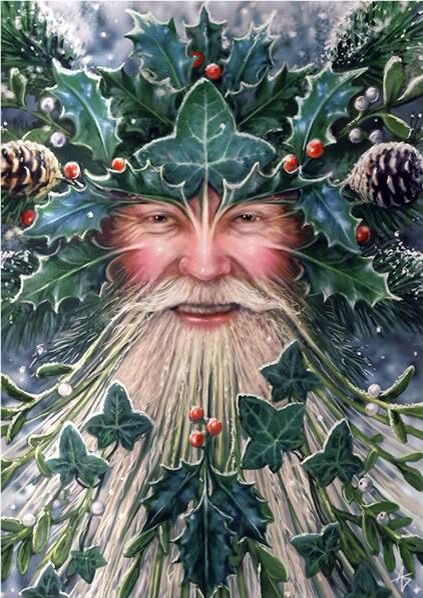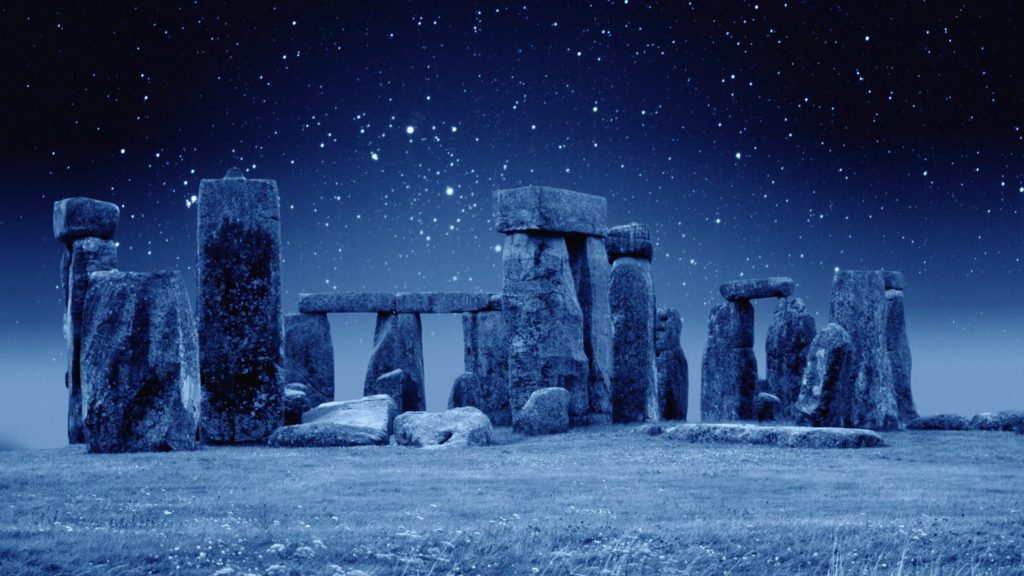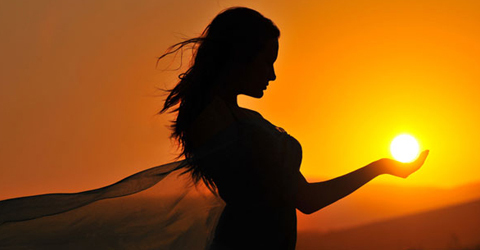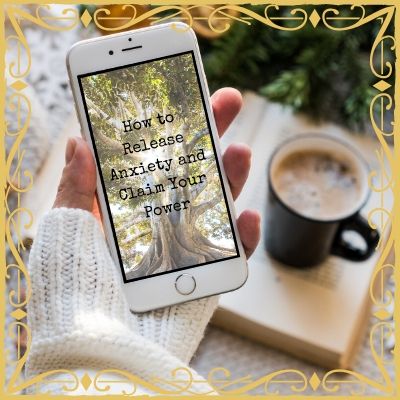
“I wonder if the snow loves the trees and fields, that it kisses them so gently? And then it covers them up snug, you know, with a white quilt; and perhaps it says, “Go to sleep, darlings, till the summer comes again.”
~ Lewis Carroll
I love Winter Solstice and I can feel the energy of it for a few weeks before it even arrives. It’s dark far earlier, much colder outside and there is a desire to cocoon, wear warmer clothes and eat soup (at least for me). There is a sensation of reflection, going inwards and questioning that arrives naturally from this energy. To me this is a time where I notice those “meh” moments more and really examine my life and ask the question “Am I showing up and embodying what I am called to do?” That’s why, to me, I feel it vital to take some time out to honour this energy and work with it which in turn allows me to feel aligned. In fact I feel more balanced, connected and inspired after I have taken some time.
As a kid I used to be scared of the dark, I felt it held things that were terrifying and uncomfortable. As an adult I have learned that’s not true and have become willing to walk into the darkness and allow myself to get comfortably uncomfortable and dig deep, explore the mysteries and embrace all aspects of being human. Light and dark. You can’t have one without the other! Winter Solstice invites us with a safe open hand to step into the place of mystery, the warm comforting dark that wraps around us like a cosy blankie. Whispering in our ear – rest, be, embrace, release, create, imagine, grow ……….
So what is Winter Solstice and why celebrate it? Why take the time to honour it? The Pagan celebration of Winter Solstice (also known as Yule) is one of the oldest winter celebrations in the world. Winter Solstice takes place on the day where the night is the longest and the hours of sun or daylight are the shortest. In fact “Solstice” comes from two Latin words: sol meaning “sun” and sistere meaning “to stand still” because it appeared as though the sun and moon had stopped moving across the sky. This longest night of the year, followed by a renewal of the sun, demonstrates the cyclical order of the cosmos. In this way, celebrating the solstice can be a beautiful remembrance that our lives are part of a larger order, always changing, always renewing. It’s a gorgeous invitation to not be afraid of the dark or the shadow, as it is in that place is where we shift, grow and recharge.
Winter Solstice has been celebrated in various forms and for thousands of years across a myriad of cultures, all who are willing to step into the darkness and wait to welcome back the light. (And if you lived in medieval times that’s pretty ballsy!
In Britain long before the arrival of Christianity. The Druids (Celtic priests) would cut the mistletoe that grew on the oak tree and give it as a blessing. Oaks were seen as sacred and the winter fruit of the mistletoe was a symbol of life in the dark winter months. It was also the Druids who began the tradition of the Yule log. The Celts thought that the sun stood still for twelve days in the middle of winter and during this time a log was lit to conquer the darkness, banish evil spirits and bring luck for the coming year.
There was Saturnalia in Ancient Rome which began on December 17 and lasted for 7 days. These celebrations were held from as far back as around 217 BC to honour Saturn, the father of the gods.
Feast of Juul – This is where we get the term Yule from at this time of year, was a pre-Christian festival observed in Scandinavia at the time of the December solstice. People would light fires to symbolize the heat and light of the returning sun and a Juul (or Yule) log was brought in and dropped in the hearth as as a tribute to the Norse god Thor. This log was burned until nothing but ash remained. The ashes were then collected and either strewn on the fields as fertiliser every night until Twelfth Night or kept as a charm.
Yalda – or Shab-e-Chelleh (night of fourty) is an Iranian festival celebrated on the “longest and darkest night of the year” – Solstice. Every year, on December 21st, Iranians celebrate the arrival of winter, the renewal of the sun and the victory of light over darkness on Yalda Night.
Santo Tomas – a celebration in Guatemala where the Mayan Indians indulged in the ritual known as the Palo Volador, or “flying pole dance.” Three men climb on top of a 50 foot pole as one of them beats a drum and plays a flute. The other two men wind a rope attached to the pole around one foot and jump. If they land on their feet, it is believe that the sun god will be pleased and that the days will start getting longer.
So if you were in doubt that Winter Solstice might be fictitious or flaky baky, let me assure you – nope. If I were to try and explain this celebration in a nutshell it would be a time for introspection, embracing of the shadow, a willingness to walk into the dark, to then celebrate the returning of the light within and without. This is a celebration of honouring the dark before calling into the light. Also, as a side note, Winter Solstice may occur on one day, however, this is a season of Winter we enter where we walk with the dark far more and allow ourselves to release what no longer serves us.
Let’s talk rituals – some people get really weirded out when the word “ritual” is mentioned. So let’s put some myths aside right now – there is no right way or wrong way, you don’t have to have all the ingredients for a certain ritual, it doesn’t need to be complex and over the top (but if that’s your style, go for it). I personally like simple rituals that I can do with my kids, on my own, with friends I trust and I don’t ever want them to feel like I am adding to my “to do” list, especially in this frenzied time.
To me ritual is intentional and all about creating space for you to tap into the seasons, the reasons and yourself. Ritual is intention made manifest into physical form. By performing simple rituals with personal meaning to celebrate the solstice, these rituals will serve as touchstones to help you cultivate an attitude of receptiveness and appreciation that will carry you through the holiday season with more ease. A good starting point might be to make a promise this winter to spend more time listening, watching, and honoring the slower, quieter rhythm of the season.
Always, always start with setting the space. Whether it is lighting a candle, hanging a wreath of evergreens or just sitting in silence for a while. Honour yourself, your connection to Gaia and Spirit, the celebration and get clear on your intention. Let’s explore 9 easy and amazing rituals to help you tap into this gorgeous energy, gain more peace and clarity and release whatever is not serving you. There is also a fabulous Winter Solstice visualisation to really help you explore the energy of this season.
Oh yes, and as an aside many of you have asked if the Solstice Special for Private Readings will be available after Solstice. Nope. The Solstice Special ends at midnight on December 21st. So take advantage of it now and if you want to start 2019 off with a fabulous private reading to help you set the tone of the year, we can do that!
9 Easy and Powerful Rituals to celebrate the Winter Solstice



